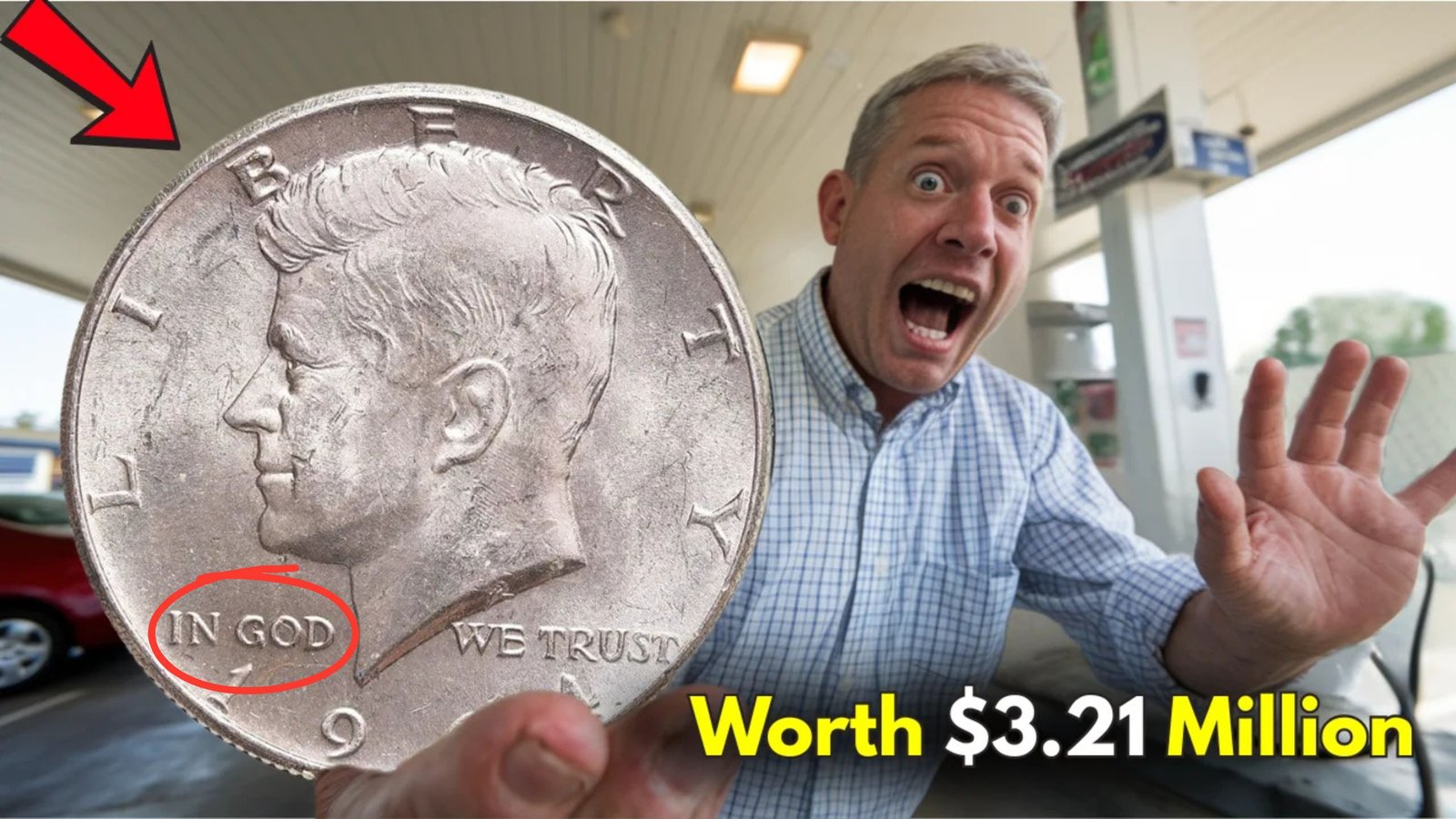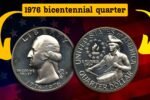Kennedy Half Dollar : An ordinary shift turned extraordinary when a gas station clerk unknowingly accepted a coin worth millions. What looked like a common Kennedy Half Dollar turned out to be a $3.21 million rarity, making headlines and sparking fresh interest in the world of coin collecting. Here’s how this unexpected fortune was found and what it means for coin enthusiasts across the country.
An Everyday Shift Leads to a Life-Changing Discovery
The story began at a small gas station in Nevada, where a night-shift clerk was handed a handful of coins as part of a routine transaction. Among the mix was a Kennedy Half Dollar—nothing unusual at first glance. However, the coin’s shine, weight, and unusually sharp detail immediately caught the clerk’s attention. A longtime coin hobbyist, he decided to set it aside and examine it further later that night.
What Is the Kennedy Half Dollar?
The Kennedy Half Dollar was introduced in 1964, just months after President John F. Kennedy’s assassination. Minted primarily in silver during its early years, the coin became both a symbol of national mourning and a popular collector’s item. While most Kennedy Half Dollars are relatively common, a few rare minting variations, especially from the early 1960s, are extremely valuable.
Why This Coin Was Worth $3.21 Million
The gas station coin turned out to be a 1964-D Specimen Strike Kennedy Half Dollar, a type of coin not intended for circulation. It was likely one of a few hand-struck trial pieces produced at the Denver Mint, used for internal testing or presentation purposes. These are known as “specimen strikes”—coins with a sharper, higher-quality finish than standard circulation pieces. What made this coin even more extraordinary was its pristine, untouched condition, which experts described as “museum-level quality.”
After certification by a major grading service, the coin was authenticated, rated at the highest grade possible, and eventually sold in a private auction for $3.21 million.
How Does a Rare Coin End Up in Circulation?
One of the most fascinating aspects of this story is how such a rare coin ended up in everyday use. It’s possible it was unknowingly spent by someone clearing out an old coin collection or inherited without understanding its value. Whatever the reason, its circulation status only added to its mystery and allure, making it one of the most legendary coin finds in recent memory.
What Makes Specimen Strike Coins So Special?
Specimen strike coins are created using a unique process that results in cleaner edges, sharper detail, and smoother finishes than regular coins. They’re usually produced in very limited quantities and intended for special collections, presentations, or internal evaluation. The Kennedy Half Dollar found at the gas station is one of only a handful ever known to exist, making it incredibly rare.
Could There Be More Rare Coins in Circulation?
Surprisingly, yes. Many valuable coins—either due to errors, test strikes, or forgotten collections—still pop up in everyday circulation. That’s why collectors and even casual hobbyists are encouraged to look closely at pocket change, especially older coins. You never know what could be worth a fortune.
Frequently Asked Questions (FAQs)
Q1: What is a Specimen Strike Kennedy Half Dollar?
A: It’s a coin made using special dies and procedures to produce sharper details and a cleaner finish. These are not released for general circulation and are extremely rare.
Q2: How many 1964-D Specimen Strike Half Dollars exist?
A: Experts believe fewer than 10 examples exist, and only a couple have surfaced publicly.
Q3: Can I find a valuable Kennedy Half Dollar in my change?
A: While it’s unlikely, it’s not impossible. Always check the date, mint mark, and condition. Early years (especially 1964) and minting errors are your best chance.
Q4: How can I tell if my half dollar is valuable?
A: Look for rare dates, mint marks, unusual features, or pristine condition. If in doubt, get it appraised or send it to a grading service like PCGS or NGC.
Q5: Why was this particular coin worth over $3 million?
A: Its extreme rarity, flawless preservation, and historical significance made it a collector’s dream—driving its value far beyond normal market estimates.




